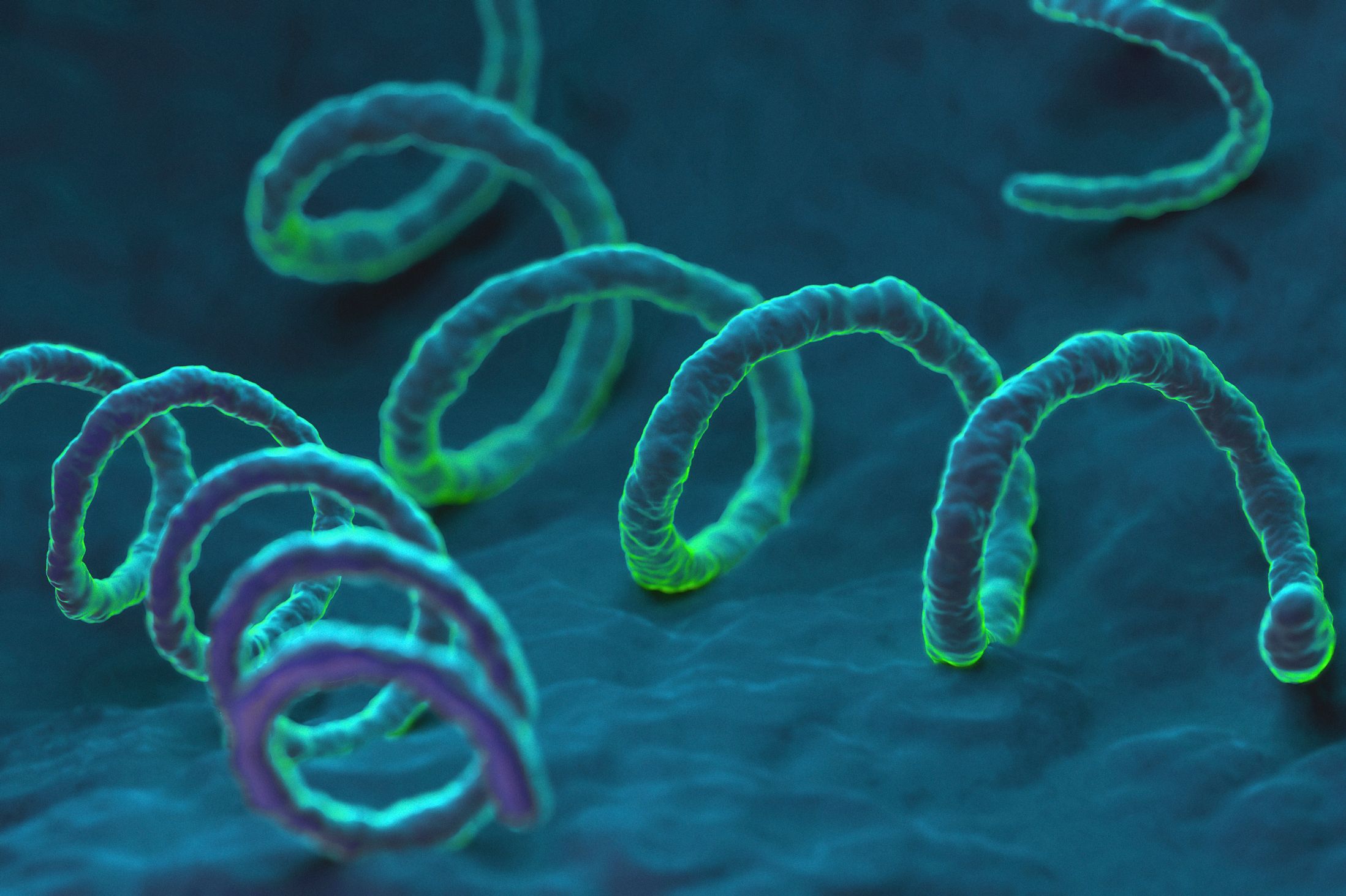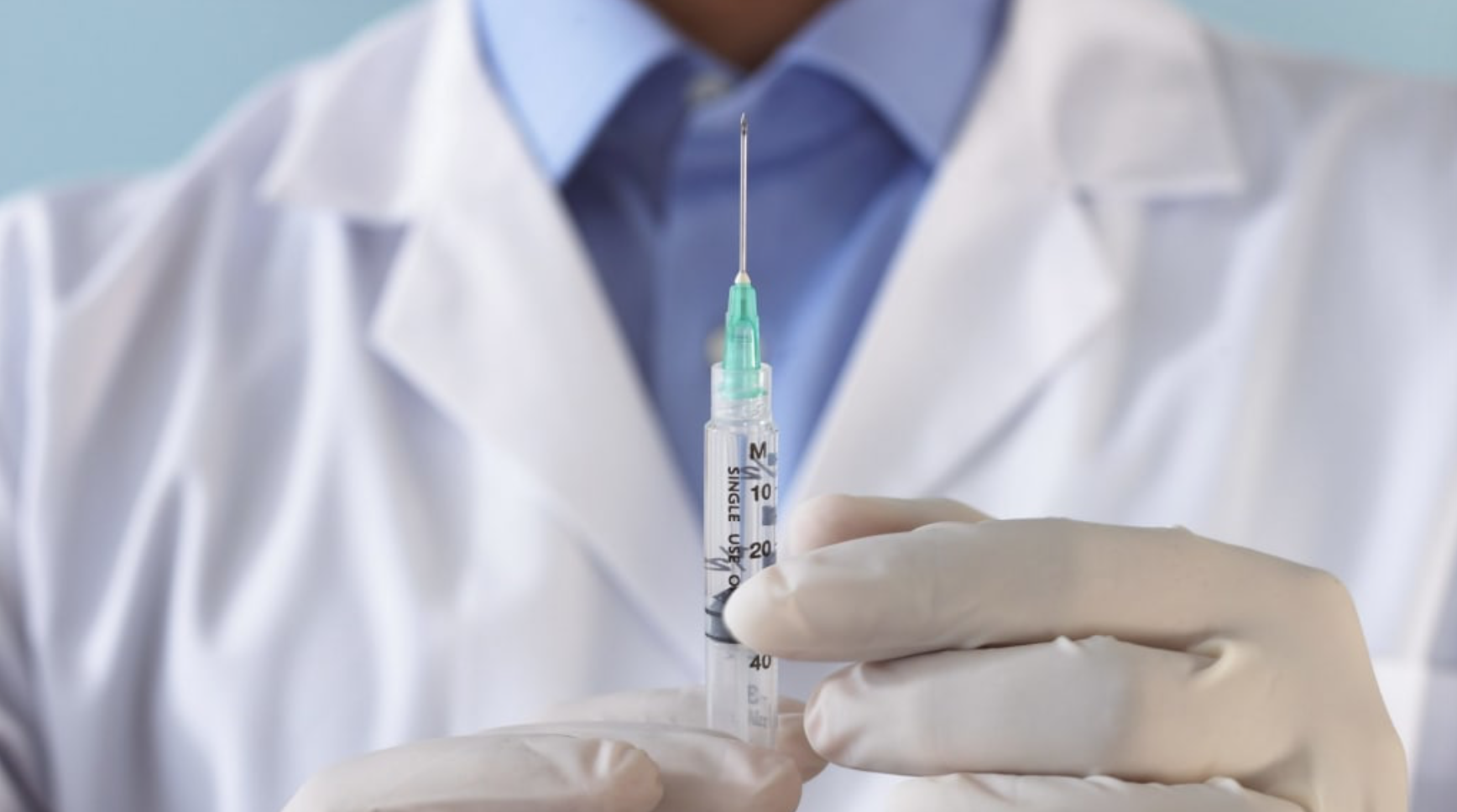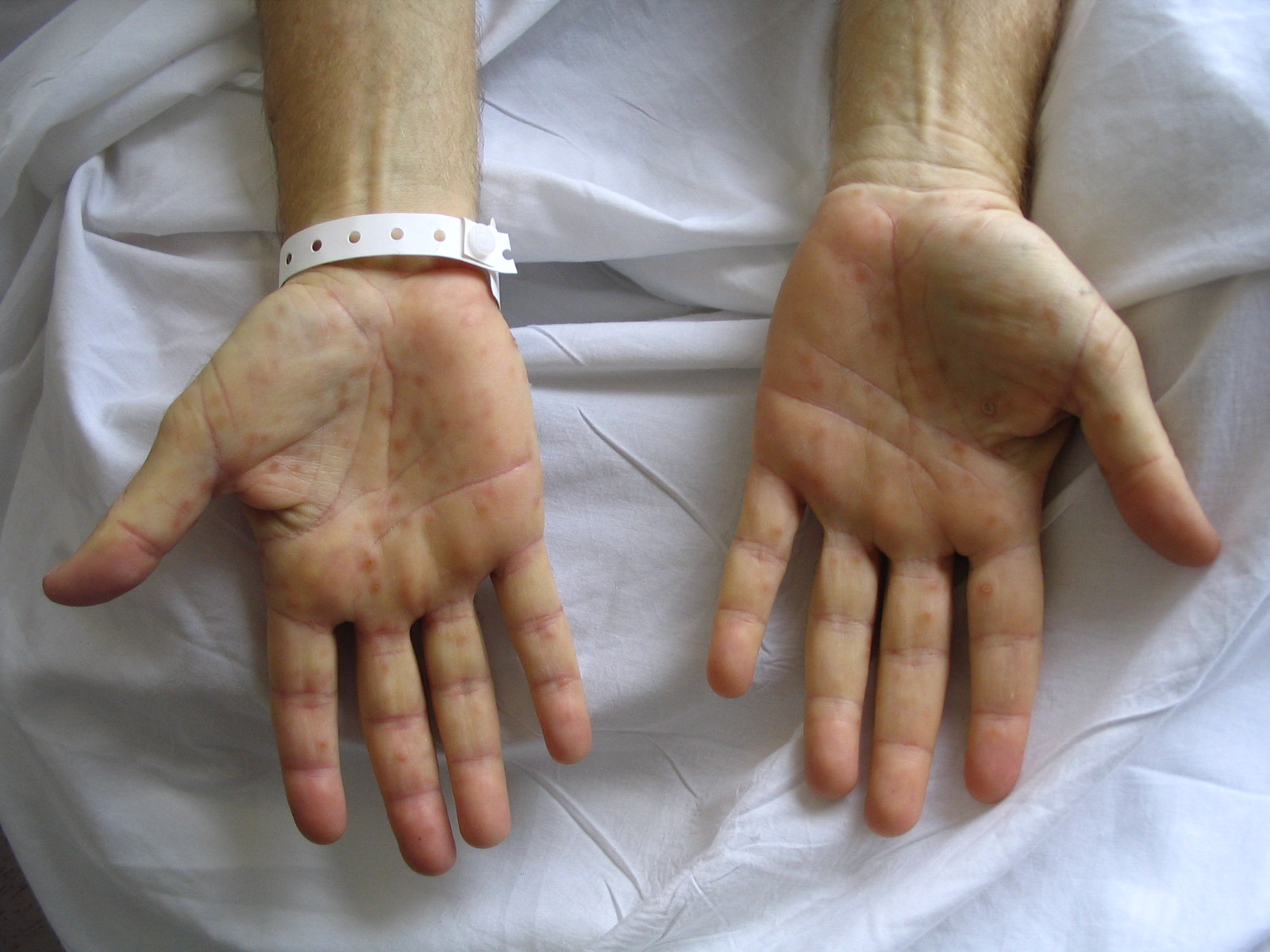Syphilis is a pathology that before the era of antibiotic treatment had a significant spread and serious consequences for patients.
Material Content:
What is syphilis
Lues is a serious disease of infectious origin, a characteristic feature of which is a long undulating course, accompanied by multiple damage to organs and systems. Pathology is a classic sexually transmitted disease. With insufficient treatment, it tends to progress, leading to irreversible processes that can result in death.
The disease is characterized by a prolonged course. Early diagnosis and quality treatment can completely stop the negative symptoms.
How is syphilis transmitted?
The causative agent of this sexually transmitted disease is pale treponema, transmitted in the following ways:
- sexually - in unprotected intimate relationships (this is the main method of infection, which accounts for up to 98% of cases);
- through blood during transfusion or during surgery;
- through household items;
- through breast milk from a nursing mother to an infant;
- through saliva during a kiss;
- in utero from an infected pregnant woman to a child;
- in beauty salons during cosmetic procedures;
- when applying tattoos.
An infectious sexually transmitted disease is transmitted if the pathogen is sufficiently concentrated in the biological media of the patient, and the partner has scratches, small abrasions on the skin or mucous membranes.
The incubation period of the disease
The latency period is about a month. During this time, spirochete through the blood vessels and the lymphatic system migrates throughout the body.
Depending on the individual characteristics of the patient’s body, the time of the latent development of the disease can both decrease or lengthen. The reason for the increase in this period of the incubation period can be the use of medications that slow down the activity of the pathogen.
The disease at this time does not manifest clinical symptoms, but the patient is already becoming contagious, especially with the development of external and internal manifestations.
Manifestations, primary symptoms
At the end of the incubation period of the disease, the disease enters into periods of its active development, which are characterized by various clinical manifestations. According to the time of the course, the following stages of the disease are distinguished:
- Primary syphilis - lasts up to 1.5-2 months. During this time, an ulcer appears in the place where the pathogen entered the body.
- Secondary syphilis - lasts from 2 to 5 years, when the pathogen is affected by various organs. At this time, Lewis begins to manifest itself as external skin pathologies in the form of a rash, also occurring on the mucous membranes. These manifestations of the disease can be accompanied by alopecia, that is, baldness, which can be of a nesting nature. For this period of the disease, a wave-like course is characteristic, that is, a periodic appearance of symptoms, followed by imaginary health.
- Tertiary syphilis is characterized by a prolonged course from the moment of infection. The transition to this stage of the disease is possible if for some reason the treatment was not carried out or the patient did not follow all the doctor's recommendations. Pathology at this stage of development is characterized by severe and persistent changes on the part of the central nervous system and internal organs in the form of the formation of syphilitic granulomas.
The first symptoms of syphilis are observed at the site of penetration of bacteria into the body. Most often this is the genital area. But the introduction of spirochetes can occur in any place where there has been a violation of the integrity of the skin or mucous membranes. The clinic will manifest itself in the following pathologies:
- A solid chancre or primary syphiloma is an ulcer or erosion with a diameter of about 10 mm, having a rounded shape with clearly defined edges and a hard shiny bottom. The ulcer has no inflammatory and painful phenomena, bleeding, it is not amenable to external treatment. Education can be single and multiple if there has been significant damage to the integumentary tissues at the site of introduction of the spirochete.
- Lymphadenitis - a week after the appearance of chancre, an increase in the lymph nodes located close to it appears, which are dense and painless to the touch. In size, they can be both small and with a chicken egg. The process may have a one-way or two-way flow.
- Polyadenitis is an increase in a significant number of lymph nodes that occurs towards the end of primary syphilis.
- The appearance of intoxication symptoms - headache, pain in the muscles and joints, malaise, subfebrile condition, neurotic disorders.
Often, infection of the body occurs against a background of weakened immunity or in the presence of concomitant chronic diseases of internal organs, as well as a stressful state.
Diagnosis methods
Diagnosis of syphilis includes the following studies:
- analyzes in which the presence of spirochetes is recorded;
- analyzes confirming changes in the immunological nature as an organism's response to the pathological process.
The detection of pale treponema is performed by microscopic examination of material taken from skin rashes, primary syphiloma or erosion. Serum, blood plasma, cerebrospinal fluid - these are biological fluids used in serological specific or nonspecific reactions, which are the most significant in the diagnosis of syphilis.
Non-specific reactions for the diagnosis of syphilis include:
- RPR - reaction of fast plasma reagins;
- RW - Wassermann reaction (complement binding).
Specific serological diagnostic reactions include:
- RIF - immunofluorescence reaction;
- RPHA - passive hemagglutination reaction;
- RIBT - immobilization reaction of pale treponemas;
- RW with treponemal antigen.
An updated diagnosis of syphilis is made on the basis of an anamnesis, objective and confirmed by laboratory blood tests data.
Treatment regimens for patients with syphilis
Therapeutic measures to stop the pathological manifestations of syphilis includes certain schemes of therapeutic measures. First of all, the following types are taken into account, since in each case there will be its own initial situation of infection by infection:
- Specific drug treatment - is prescribed to patients with an established diagnosis, confirmed by serological tests. In case of secondary recurrent and early latent syphilis, Bicillin-1 is prescribed for 2 million 400 thousand units intramuscularly in the amount of 6 injections. With primary and secondary fresh syphilis, Benzatinpenicillin or Bicillin-1 is prescribed in the same dosage 1 time in 5 days.
- Preventive treatment of syphilis - is prescribed to patients who have intimate or domestic relationships in the present or in the past tense. Duration - no more than 2 months after this contact. Therapeutic measures are carried out immediately, without waiting for the clinical manifestations of the disease and laboratory tests. Such a contingent of patients is put on dispensary registration with subsequent monitoring of analyzes for 6 months. In this case, two intramuscular injections of Bicillin-1 are prescribed at a dosage of 2 million 400 thousand units.
- Preventive therapy for syphilis when bearing a child - therapeutic measures are mandatory for all women who have previously had this infection, regardless of the statute of limitations. Bicillin-1 is administered intramuscularly at 1 million 200 thousand units. twice a week in the amount of 7 injections.
- Trial treatment - the use of therapeutic measures is indicated in the presence of a clinic of late syphilis without taking into account laboratory data. Penicillin is used, its sodium or potassium salt, 400 thousand units every 3 hours, 8 times for 2 weeks.
- Ultrashort scheme - used in the first two days after suspicious sexual contact, without waiting for the result of the laboratory. In this case, benzatin penicillin is used once intramuscularly at a dosage of 2 million. 400 thousand units.
Important! Any dubious sexual contact requires immediate preventive measures in a day or night specialized hospital to prevent infection with a sexually transmitted disease.
Taking into account the variety of clinical symptoms during the pathology, the treatment regimen for syphilis is always prescribed taking into account the characteristics of the patient and the stage of the process. Quality therapy carried out in a timely manner gives a complete cure.
If the process is started and lesions of the internal organs are noted, it is required to treat differently. Symptomatic therapy is carried out aimed at removing the pathological manifestations of the disease. Additionally appointed:
- injections of vitamins of groups B, A, C, E;
- restorative therapy;
- to relieve intoxication, intravenous administration of saline solutions, glucose;
- anti-syphilitic drugs - Bioquinol, Bismoverol, iodine preparations.
Given the complexity of the course and manifestations of such a pathology, treatment courses are prescribed exclusively by a specialist, therefore self-medication in any form is unacceptable.
Consequences and Complications
Sexually transmitted disease at any stage of development can cause complications. In men, the effects of the disease are more significant than in women. Due to the anatomical structure of the genitals, the consequence of the development of solid chancre, with primary syphilis, may be phimosis and paraphimosis.
Injury to the head of the penis is accompanied by swelling of the penis, severe pain, impaired urination. Without medical attention, tissue necrosis may develop.
With secondary syphilis, the following complications may develop:
- alopecia, that is, baldness, which can develop as a nesting process or be of a total nature;
- damage to the vocal cords in the form of hoarseness or complete loss of voice due to rashes on the mucous membrane of the pharynx with the subsequent formation of scar tissue.
But the largest group of complications is tertiary syphilis in the form of severe pathologies from the central nervous system, internal organs and systems. The disease has a progressive course, accompanied by damage to the brain structures and the development of the following pathologies:
- syphilitic meningitis;
- strokes of an ischemic or hemorrhagic nature;
- paralysis and paresis;
- urinary and fecal incontinence;
- mental disorders.
Such complications during syphilis lead to death of patients in a short period of time.
How not to get infected with syphilis
Knowing the spread of infection and observing the rules of prevention, you can avoid infection with this sexually transmitted disease, which has a progressive course with insufficient treatment and severe consequences. To do this, you must:
- practice only protected intimate relationships using a condom;
- observe the rules of personal hygiene;
- use the recommended antiseptics for the treatment of genitals after intercourse;
- exclude any contacts with people at risk (alcoholics, homeless, drug addicts, women of easy virtue);
- in case of doubtful intimate relationships, a mandatory visit to a specialist within 2 hours to conduct preventive measures to prevent the disease;
- use only disposable syringes if necessary.
Compliance with these simple rules and careful attention to your health will help to avoid such a serious sexually transmitted disease as syphilis.



















